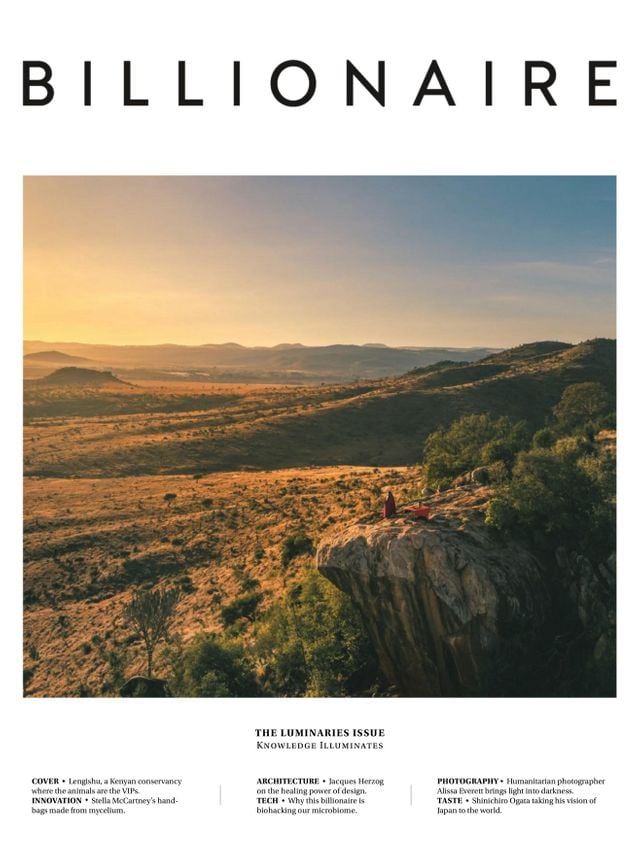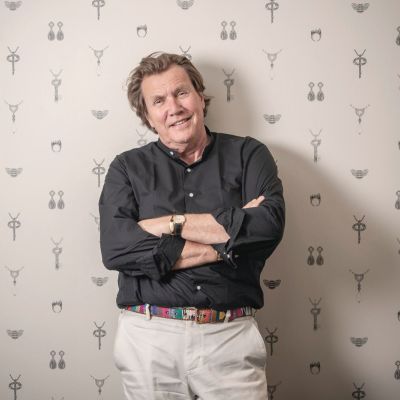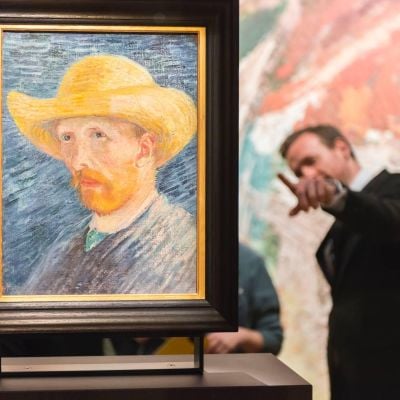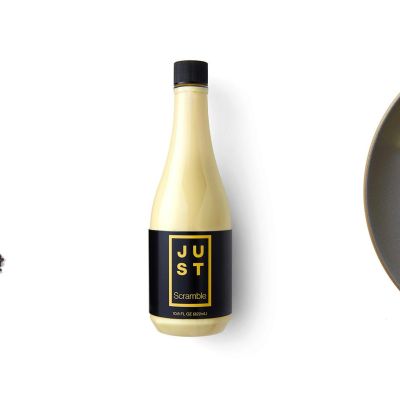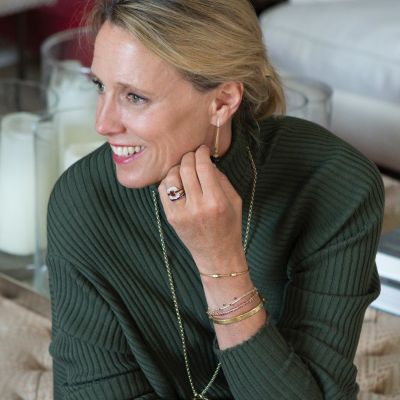Style Eternal
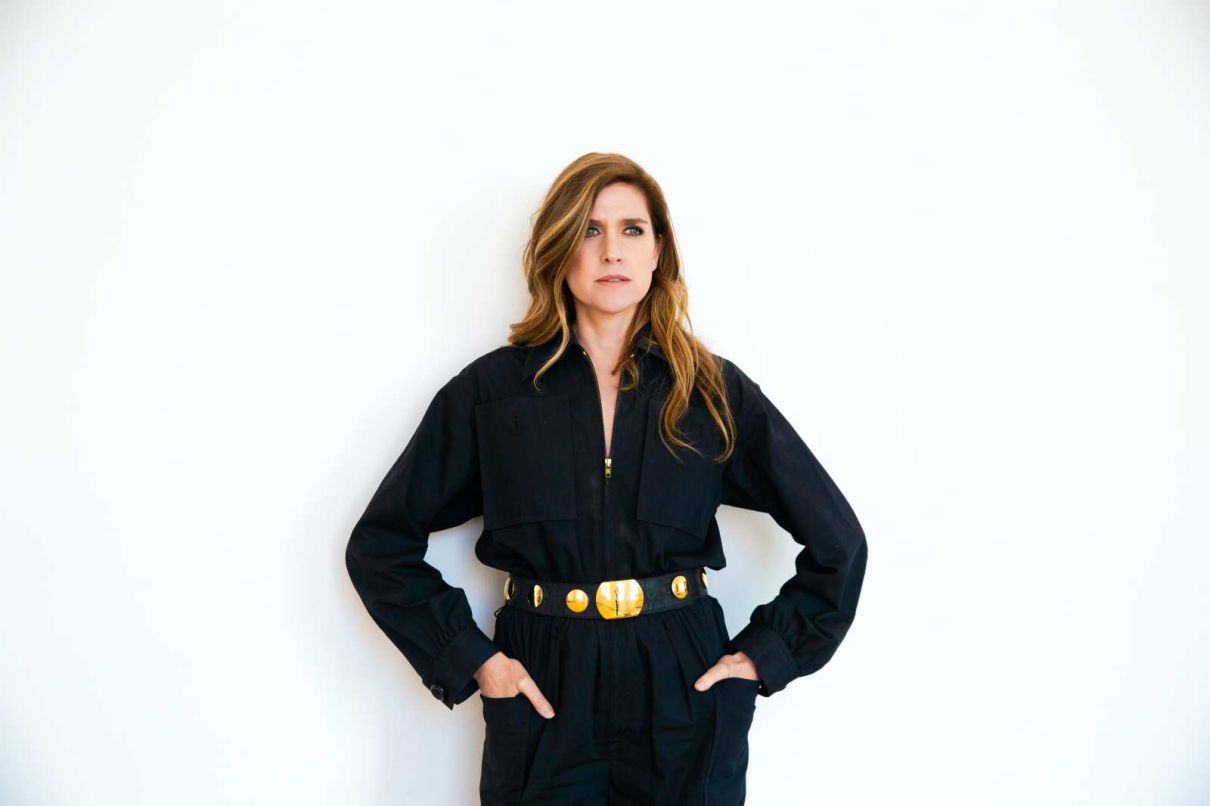
After 11 generations, the women of the Cadaval family in Portugal are opening up their 600-year-old ancestral home.
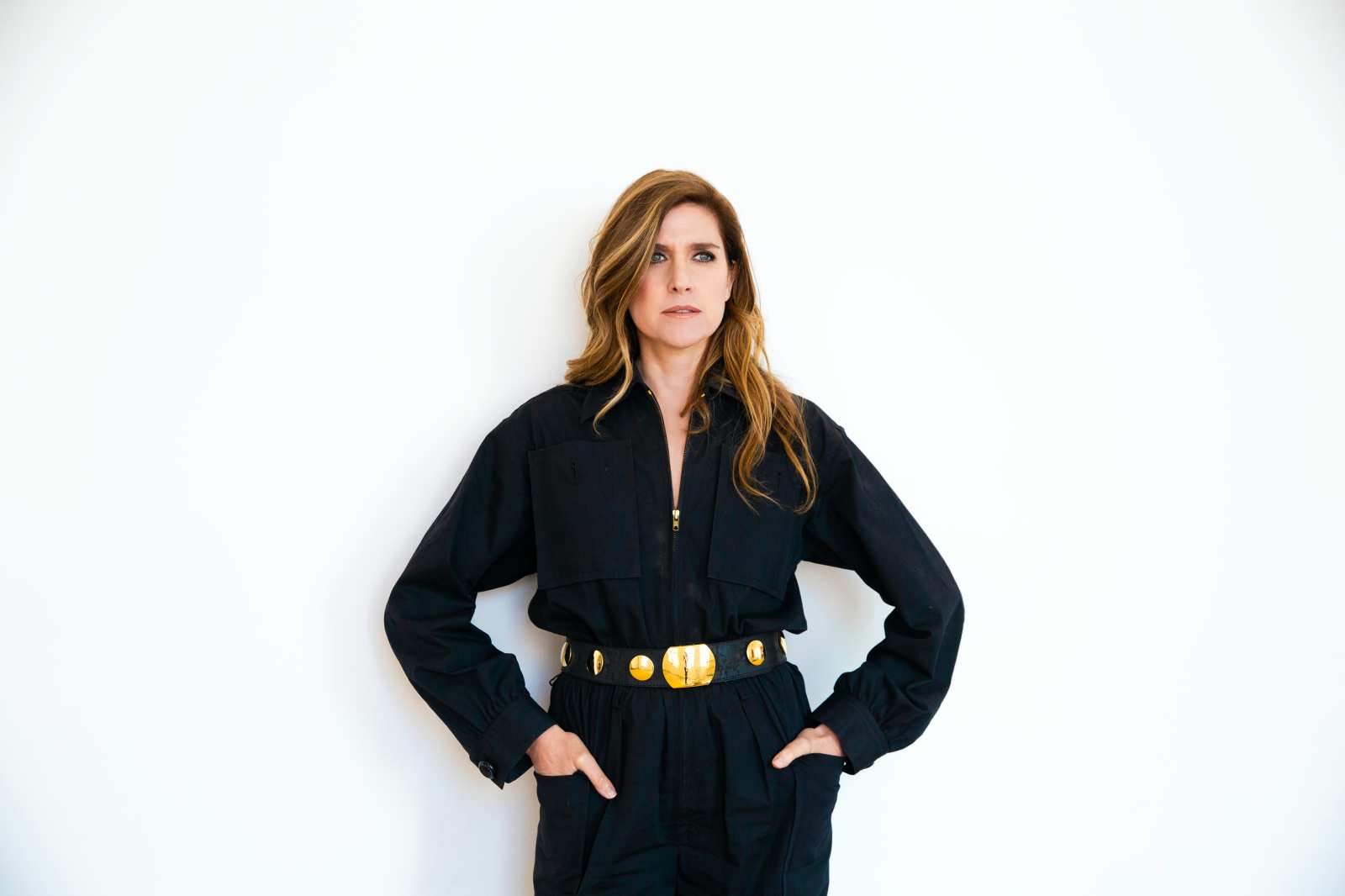
As the owner of any old house knows, keeping up with DIY and maintenance can be a Sisyphean task. Now, imagine you own a palace dating back to the 14th century, with 50 rooms, two interior gardens and a church that is the final resting place for every generation of the Dukes of Cadaval family. The storied walls of the palace in Évora, Portugal, which face the Roman temple of Évora, combine Moorish, Gothic and Manueline architecture, a 17th century façade constituted in part by an ancient castle that dates back to 1384.
“It is a very overwhelming prospect, so we are taking it step by step,” says 40-year-old Alexandra de Cadaval who grew up between New York, Paris, and the palace. She is now taking charge of its restoration, along with her mother, Claudine, and her older sister, 43-year-old Diana Álvares Pereira de Melo, 11th Duchess of Cadaval, who married Prince Charles Philippe of Orléans in 2008. They have an 11-year-old daughter, Isabelle.
The infrastructure had not been renovated in around a century and was in very bad condition, says Alexandra, with the roofs being the priority. “These were very tricky, particularly the ones above the dome rooms, which require a specific renovation to protect the domes. The roof above the church and altar area of the church also were very delicate.”
It was a painstaking job; they managed to keep most of the old tiles and the ones that broke, they sourced other old tiles from places in the Alentejo region.
Alexandra adds: “There is a sense of duty; having these places built by your family, you have a sense of obligation. While you want it to stay in the family, you have to make it sustainable for the future.”
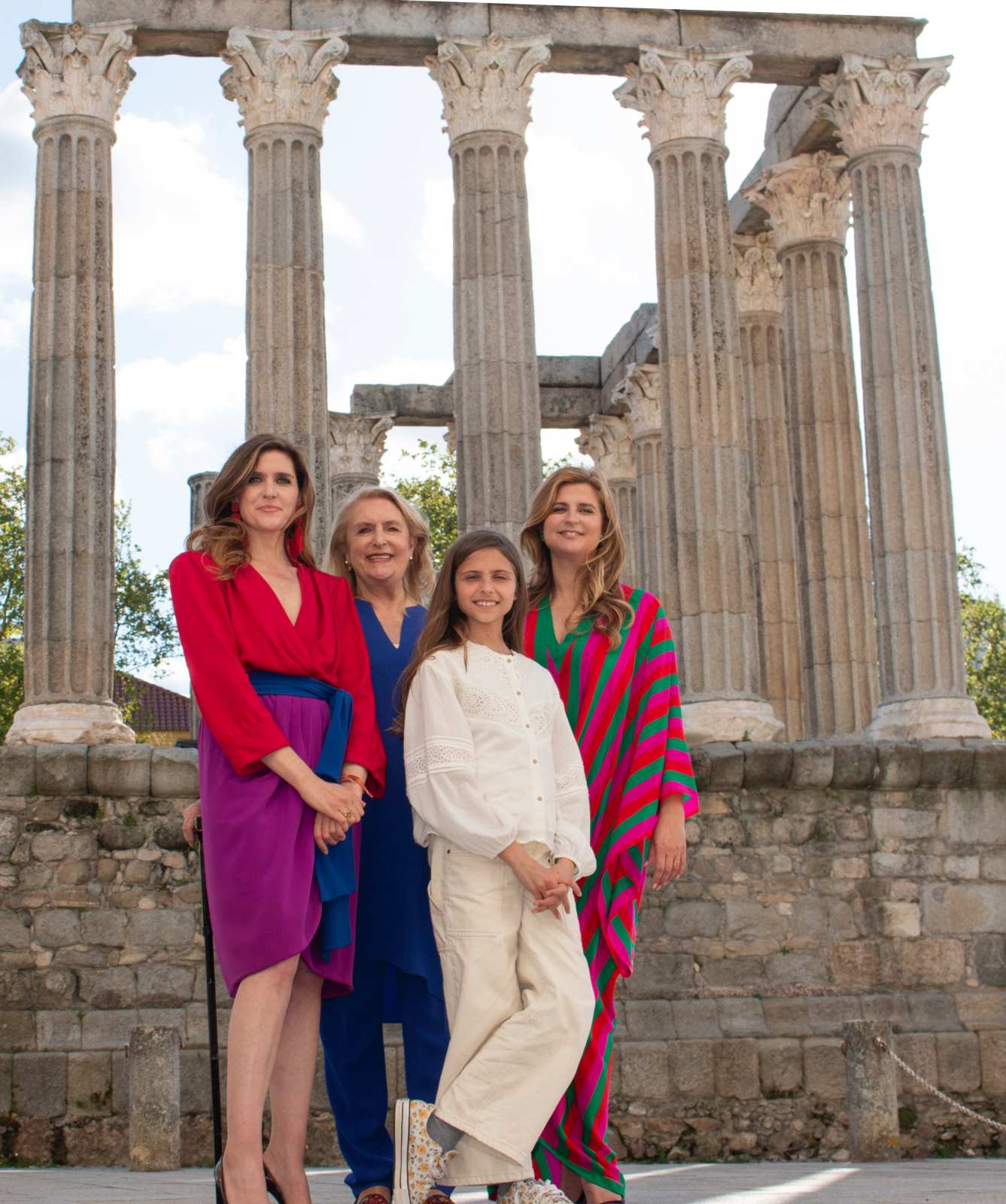
The journey towards sustaining the palace began, in fact, 26 years ago, when Alexandra’s mother Claudine began opening up to the public for the first time in order to start renovating parts of the palace. “I decided I had to do something,” says Claudine. She began by opening the Church of Saint John the Evangelist, a private sanctuary within the palace grounds, up to the public, and opening a museum displaying a collection of historical and contemporary family exhibits: books, charters, weaponry, paintings, sculpture, furniture, porcelain, portraits, and travel accessories, among other objects of value. A classical musical festival was also initiated. “I wanted to create important festivals as, at the time, there was not much culture here,” she says. The shows were successful; they planned more.
In 2015, Claudine collaborated with her good friend, late fashion designer Hubert de Givenchy, for a show on bridal gowns held in the church. It featured designers such as Balenciaga, Carolina Herrera, Dior and Yves Saint Laurent, as well as the wedding dresses of Audrey Hepburn and Jackie Kennedy. “It was so beautiful, people cried,” she remembers.
Alexandra, who obtained a degree in cultural management from City University London, spent several years working in Africa and India, running an NGO to help relocate homeless people and training with rural artists. Feeling “it was time to go home”, she returned to Évora around six years ago to become an energetic force, driving the palace renovations and directing other important shows. Working closely with renowned French artistic director Alain Weber, she organised music and cultural festivals, including Festival Évora Clássica, Festival Os Orientais, and Festival Évora Africa. The latter was the largest festival of contemporary African art in Europe in 2018, with three months of musical programming, for which she was granted support by the European Union.
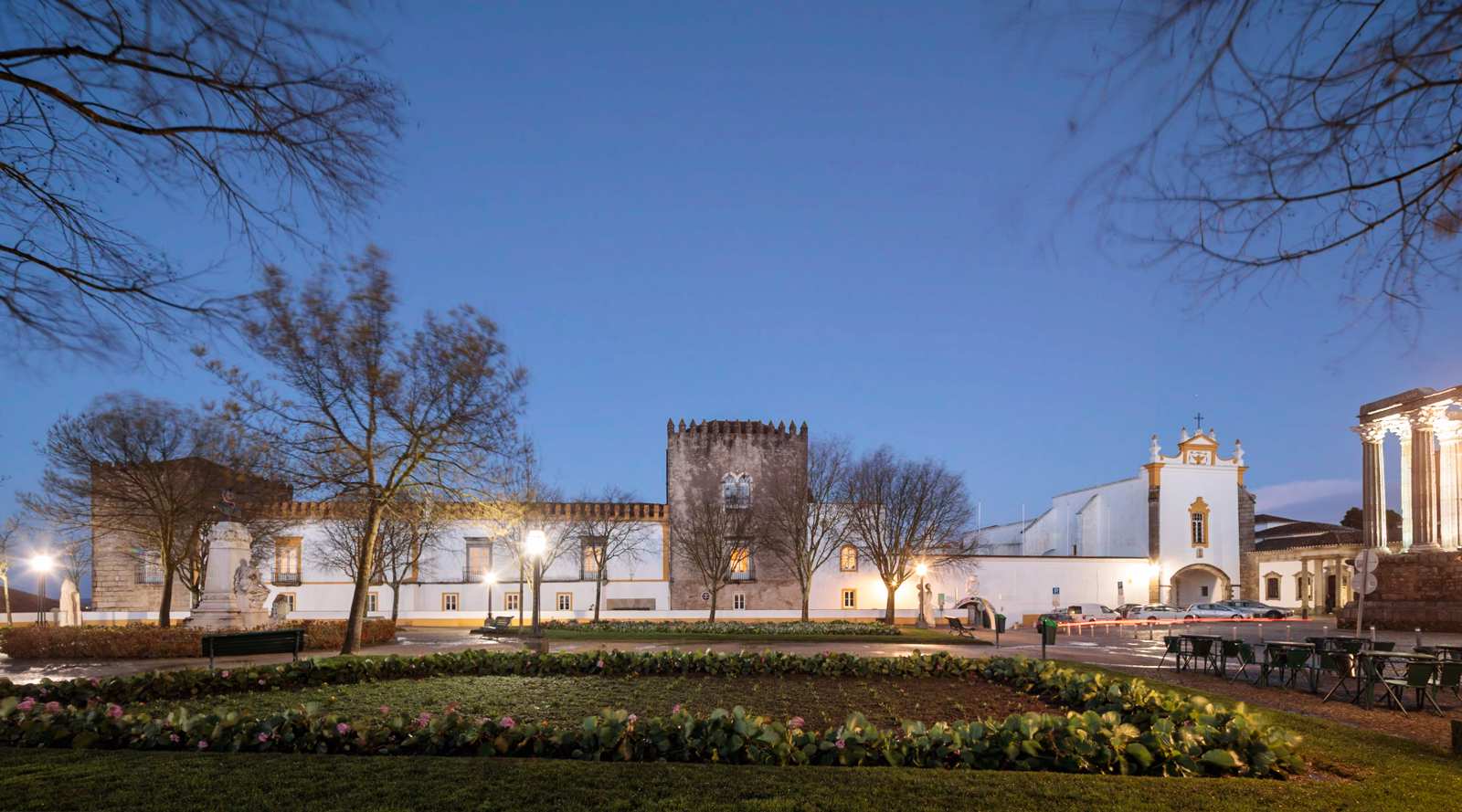
The cultural explosion put the small UNESCO-protected town of Évora, with its whitewashed houses and cobbled streets, on the map, says Alexandra, providing invaluable uplift to its inhabitants and local businesses. It surely must have helped Évora win the coveted position of being shortlisted for European Capital of Culture for 2027, something the city — and the palace — are excited about.
This year marks another monumental moment for the Cadavals. Coming to fruition after two years of renovation, the palace reopened with a major exhibition of contemporary art in honour of Morocco, in partnership with Fondation Pierre Bergé-Yves Saint Laurent. The exhibition, titled Love, shows Morocco as YSL’s muse, with an overview of works that were inspired by the traditions of Morocco, as well as a show of 13 contemporary Moroccan artists. It is a subject close to home, as Claudine was good friends with the renowned fashion designer.
“The whole region of Portugal is marked by Arabic culture, and we want to focus on future cooperation between the two regions,” says Alexandra.
And as part of the new chapter, the Cadavals commissioned French landscape designer Louis Benech to re-envision the palace courtyard, producing an Andalusian-inspired space that truly befits the history around it. Of the design, Benech says: “Leaving the Roman temple and entering the space in between the Church of Saint John the Evangelist and the Palace, you discover a most beautiful, singular place with only two trees: a fig tree, on the far-right hand side corner by the chapel’s choir, and a huge, beautiful loquat (Japanese medlar). Behind it a building, with its strange, painted mortar roof, resembling some kind of Muslim tomb, poetically reminding us of the early ages of the Moorish influence of the initial palace. Thanks to this limit, the intention was to retain an Andalusian-feel atmosphere in the courtyard, with the addition of small, square fountains, giving freshness and this delicious noise, and also the hope of more shade given by geometrical planting of orange trees. To complete the ‘twist’, a few climbing, leafy plants, contrasting with the white of the whitewashed walls.”
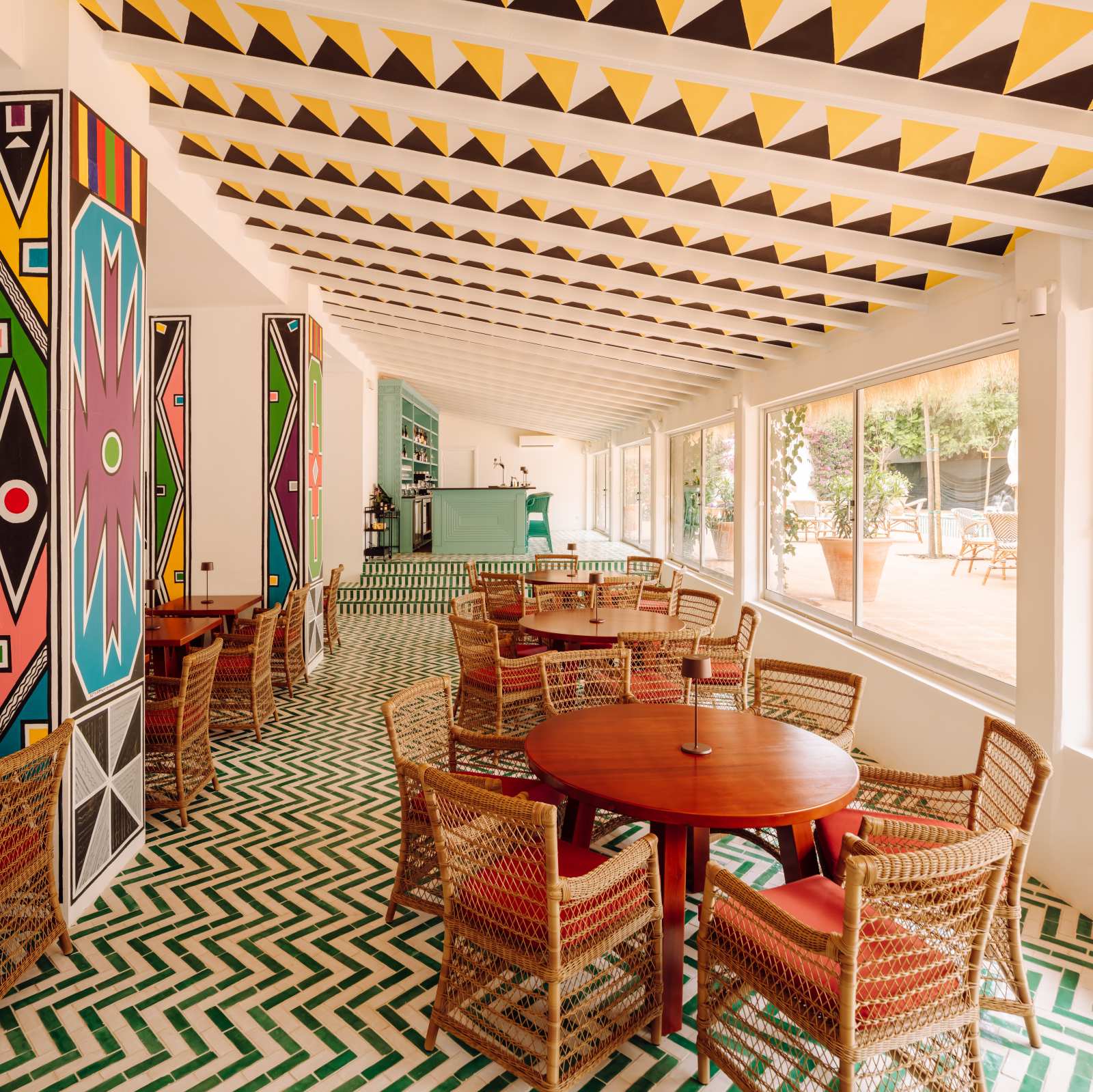
To complete the offering, the Cadavals opened a restaurant in a courtyard of the palace, managed by a restaurant group called Cavalariça Évora, focusing on seasonality and sustainability with a nose-to-tail approach. Some of the menu highlights include pig’s ear salad, roasted garlic and apple, Mertolenga beef tartare, Évora cheese and organic egg, and orange roulade with chamomile ice-cream and honey.
They asked Parisian designer Jacques Grange to design the restaurant interiors, his classical-meets-contemporary signature having made its mark on projects from French châteaux to Yves Saint Laurent’s Moroccan garden villa. Grange has an affection forPortugal, having fallen in love with an old fisherman’s cottage in Comporta some three decades ago. Grange drew his inspiration from a mural in the restaurant space, commissioned by Alexandra Cadaval from South African artist Esther Mahlangu during the Africa Festival, an explosion of colours that celebrates as much the work of the African artist as the wonder of the historic venue. Grange is also working on creating five luxury apartments inside the palace that can be rented by guests. Construction is expected to begin at the end of the year.
“The apartments are the next step,” says Alexandra. “A lot of people have a very big curiosity to stay in the palace, it is so unique to open your window and look at a Roman temple, and you can go upstairs to see the exhibition and musical programmes, and enjoy the art.”
It seems the future of the Cadavals and their piece of history is in safe hands with the next generation already engaged.
“My niece Isabelle came the other day and asked me, very naturally, ‘when can you start explaining to me everything that is going on here?’ We were so happy that she is already showing an interest at the age of 11.”
This article originally appeared in Billionaire's Luminaries Issue, Summer 2022. To subscribe contact

